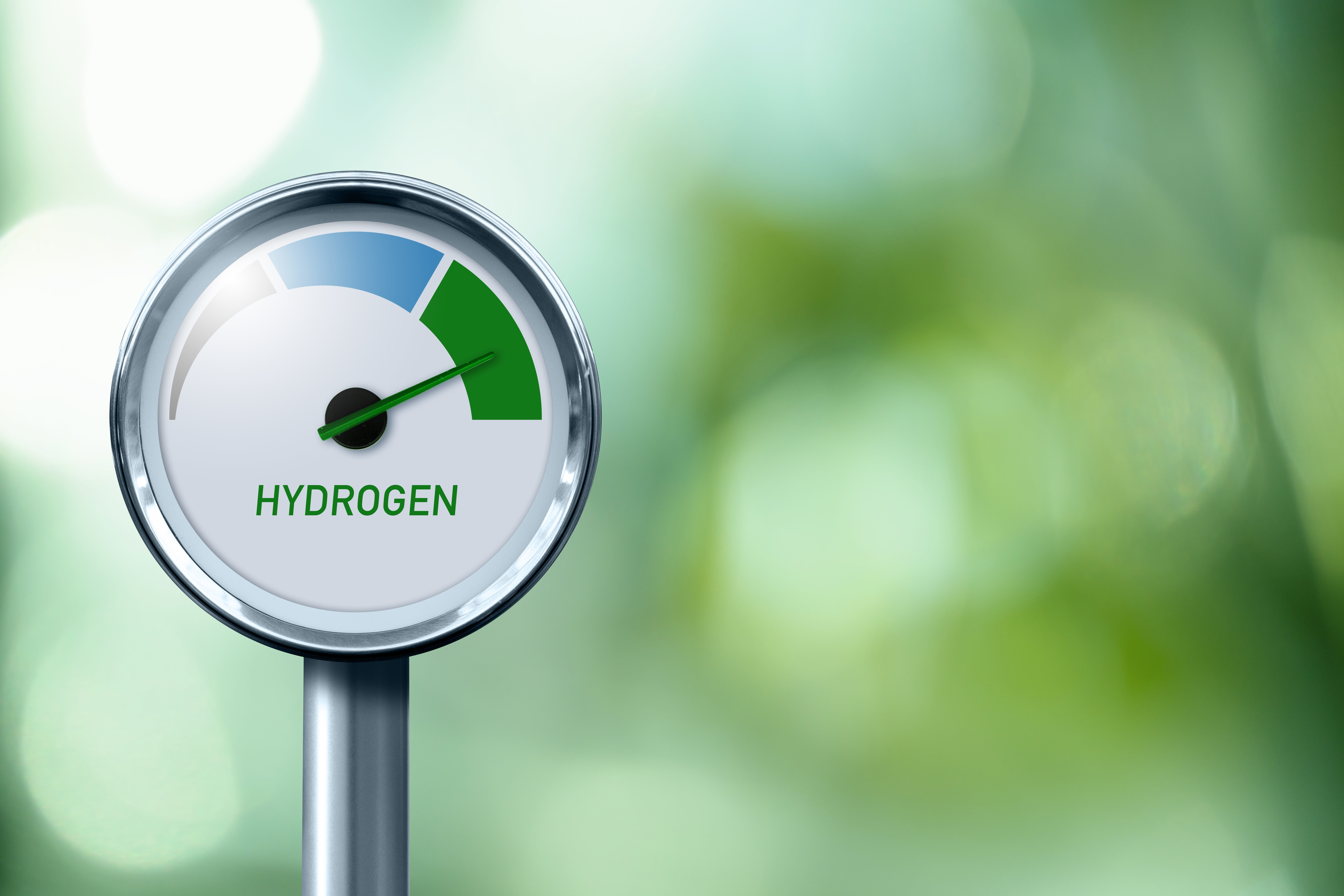An energy treasure is hidden beneath the soil of Béarn, in the Pyrénées-Atlantiques. A company specializing in the field has just obtained the right to explore this very promising deposit.
After the discovery of the world’s largest reserve of white hydrogen in Moselle, another good news comes to us this time from the southwest of France. The company TBH2 Aquitaine has obtained an official exploratory permit in order to probe this resource in Béarn for five years. This is the very first time that such a permit to explore an area containing underground hydrogen (or white hydrogen) has been issued.
This, covering an area of 225 km2, could be a potentially exploitable reservoir in the long term. Emmanuel Macron, aware of the unique and important nature of this discovery, promised “ massive funding to explore the potential of white hydrogen “.
Unique geological potential
Vincent Bordmann, president of the company Terrensis (industrial greentech company) emphasizes that this basement brings together “ all the necessary conditions to make the generation and accumulation of hydrogen possible “. Producing hydrogen naturally is a complex process, requiring rainwater to interact with mantle rock (rocks located between the earth’s crust and the core). This reaction is similar to the production of hydrogen by electrolysis, but without human intervention or greenhouse gas emissions.
The scientific director of RealtimeSeismic (a company specializing in geophysics), Claudio Strobbia explains that retaining hydrogen is a very complex challenge. Indeed, it is the smallest molecule in the universe (74 picometers, or 13.5 million times smaller than a grain of sand on average). With this small size, its ability to easily pass through porous layers is very important. However, the specificities of the region where the exploration will take place (impermeable rocks and concave formations) form an environment facilitating the trapping of hydrogen, and therefore its future extraction.
Advanced exploration technologies
TBH2 Aquitaine, to ensure the success of its project, will bring out the heavy artillery and rely on three cutting-edge technologies. Claudio Strobbia thus goes into the details of their methodology and explains these three techniques:
- Use of gravimeters: a technique which makes it possible to detect variations in density caused by the mineralogical composition of the mantle.
- The second method is magnetometry, which captures changes in the magnetic field in geological layers. Certain magnetizable elements cause them to vary quite significantly, notably iron.
- Finally, the third is a widely proven technique, active and passive seismic. Claude Strobbia indicates that it is “ the most used in the world for subsoil exploration “. It could be compared to a form of geological MRI, which can provide precise images of the subsurface and potentially exploitable areas.
Hydrogen extraction and its implications
The exploration phase is expected to last between two and three years. It is of crucial importance since it is at this moment that the quantity of hydrogen available and the feasibility of its extraction are evaluated. If the phase proves conclusive, the next step will be proper drilling.
To explain the extraction process, the founders of TBH2 Aquitaine explain: “ When drilling and arriving at the reservoir, the hydrogen passes from the rock towards the well and rises to the surface “. A process that would allow the capture of hydrogen and its delivery to industrial sites in the decarbonization phase of their processes.
The 2020 decade is definitely a very good year for France; we could even talk about a vintage year 2023! If this Béarnaise reserve and the gigantic deposit located in the Folschviller well in Alsace are one day exploited, this would place France in a very good strategic position. The potential is there, the technologies are also present and government support should, ideally, be put in place quickly to ensure the success of these missions. No energy source is perfect, but no door should be closed to wean ourselves from our dependence on fossil fuels.
Source: L’Usine Nouvelle

3